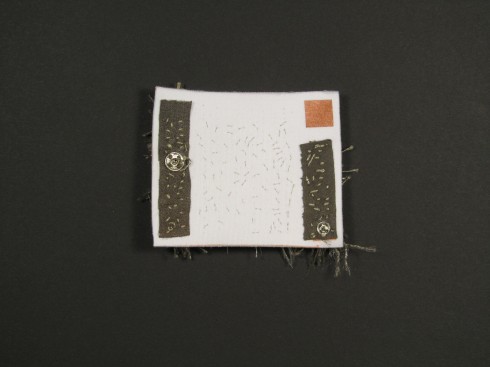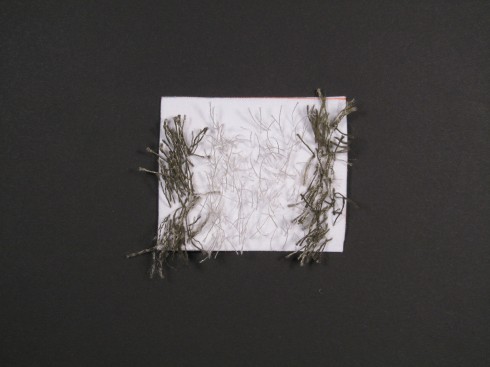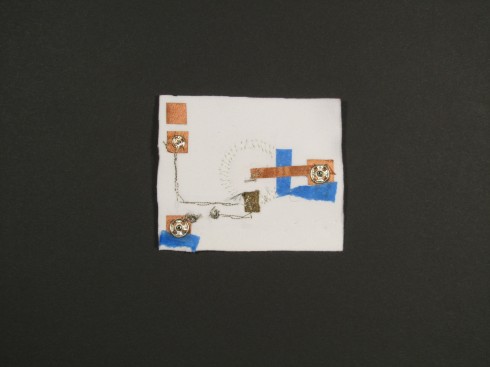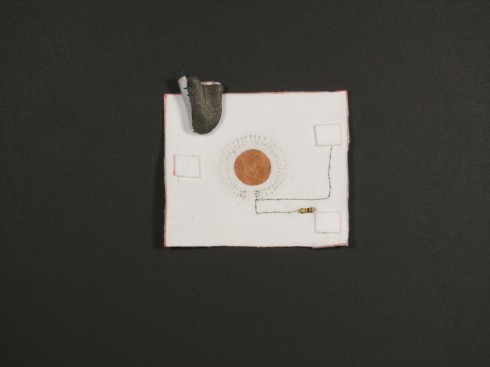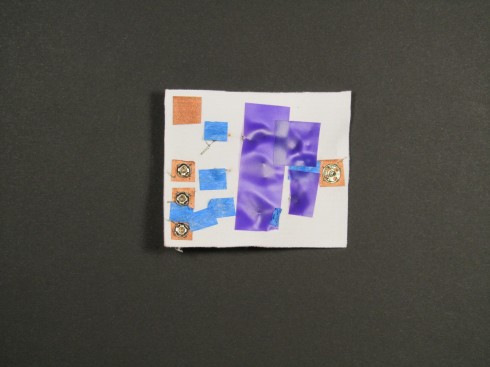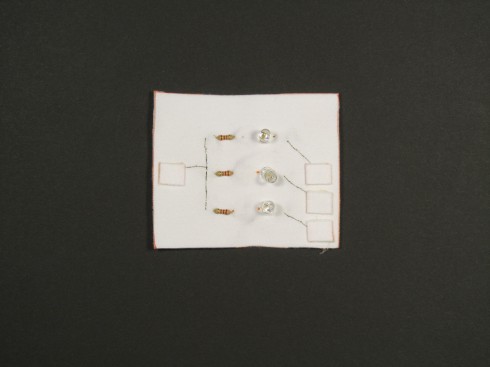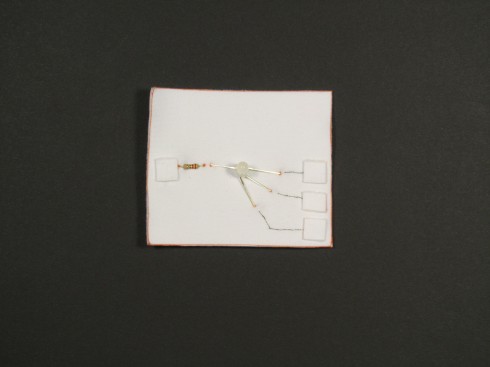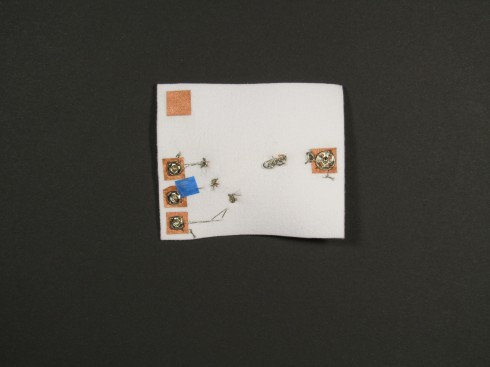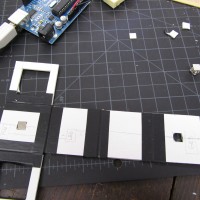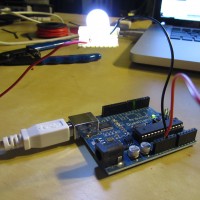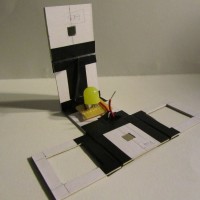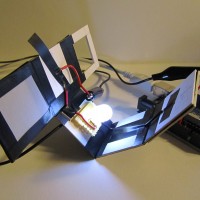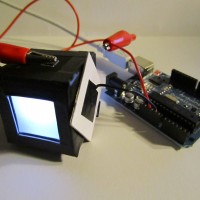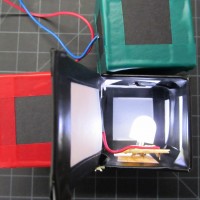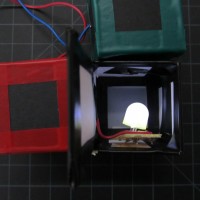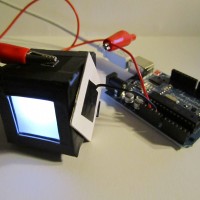SnapToTrace Research References (with some links!)
REFERENCES
REFERENCES
With links to resources
Eisenberg, M. and Buechley, L. (2008). Pervasive Fabrication: Making Construction Ubiquitous in Education. Upcoming in Journal of Software. (Invited submission)
Klemmer, S. and Landay, J. (2009). Toolkit Support for Integrating Physical and Digital Interactions. Human-Computer Interaction, vol 24, pp.315-366.
Marcu, G., Kaufman, S.J., Lee J.K., Black, R.W., Dourish, P., Hayes, G.R., Richardson, D.J. Design and Evaluation of a Computer Science and Engineering Course for Middle School Girls. In Proceedings of SIGCSE, 2010.
Rusk, N., Resnick, M., Berg, R., & Pezalla-Granlund, M. (2008). New Pathways into Robotics: Strategies for Broadening Participation. Journal of Science Education and Technology, vol. 17, no. 1, pp. 59-69.
Schweikardt, E. and Gross, M. (2009). Designing Systems to Design Themselves. In Proceedings of SIGCHI, Boston, Massachusetts, USA, April 2009.
Wyeth, P. [2008] How Young Children Learn to Program with Sensor, Action, and Logic Blocks. Journal of the Learning Sciences, 17:4
LIGHTandTIME
Prototype 1
This is documentation for the first prototype of the light and time in Physical Computing 1. For assignment, we were charged to construct a prototype using only LEDs and one push button (if any), with a focus on calm computing.
My object is a look and feel prototype that conveys the idea of having a modular clock made of cubes that you can rearrange to keep time of a certain task. The light fades at a higher rate for those that need more immediate attention, and more slowly for those that do not.
Critique & Feedback
The class liked the look and feel of the cubes, and they were responsive to the modular concept. There was concern, however, that as a set of objects acting as an ambient task manager would strain rather than relieve mental stress since s/he would have to remember what each cube was and also be tasked with programming the cube when the task changed. While this issue could be negotiated in numerous ways, I think I am going to drop the concept of task manager in favor of exploring how objects relate and react to each other over time. Another suggestion aside from modes of interaction was the idea to manipulate the shape and size of the objects.
Further Iterations
For the next series of prototypes, I want to play with ideas of interactions among multiples and the resulting emergent behavior. I will test size, shape, hierarchy, and color interaction. Mission One: triangles are fun.


